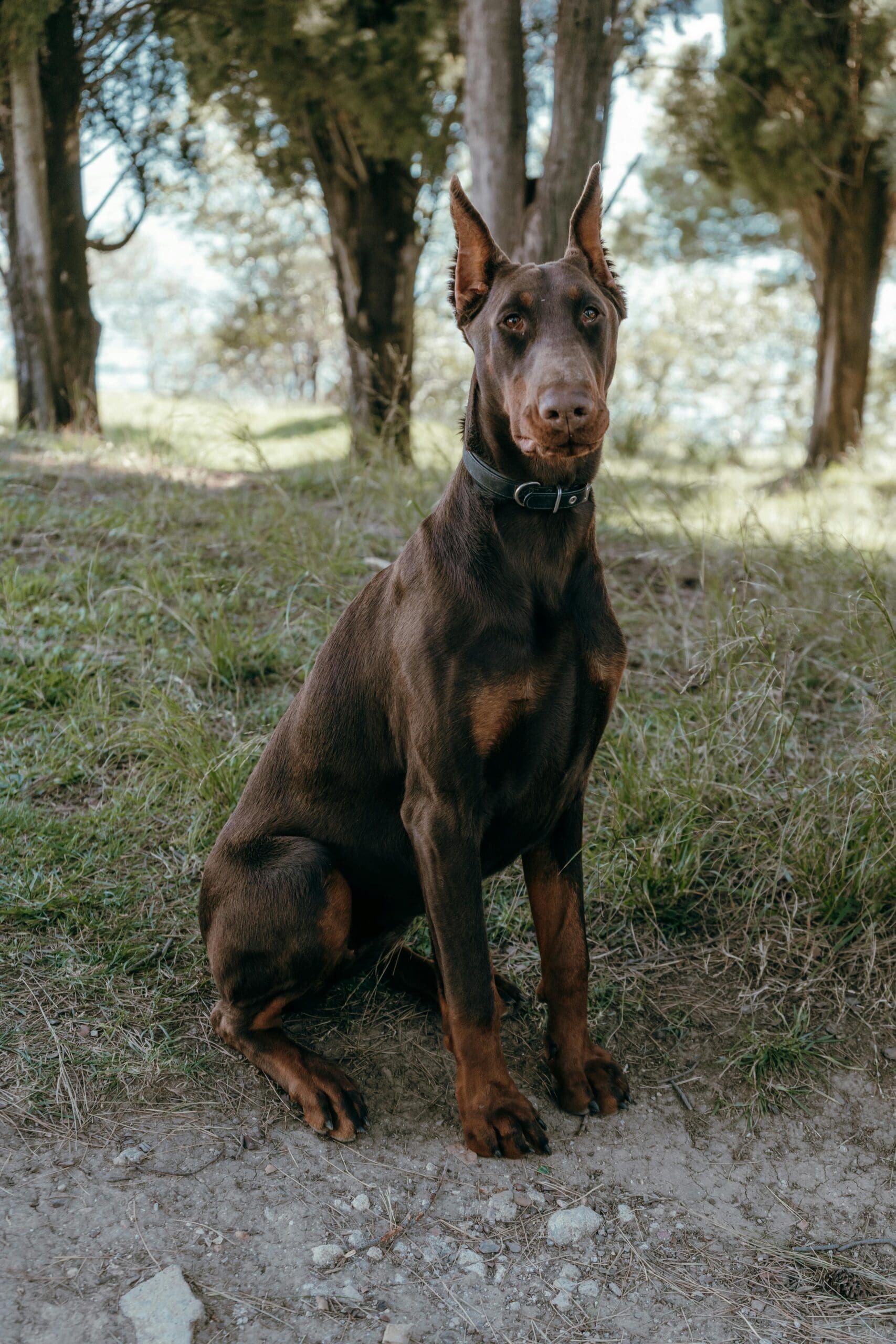When considering the lineage of domestic dogs, it’s important to recognize that all breeds are descendants of wolves. This ancestral connection leads to the question of which dog resembles a wolf the most. By examining specific breeds, we uncover not only their wolf-like traits but also the intricate relationship between dogs and their wild ancestors.
Shared Ancestry
Genetic research indicates that modern dogs branched off from a common ancestor with wolves approximately 20,000 to 40,000 years ago. This separation gave rise to a variety of breeds, each shaped by selective breeding and human influences. Yet, certain breeds still retain physical and behavioral characteristics that closely align with those of their wolf ancestors.
Breeds Closest to Wolves
The Alaskan malamute is often recognized for its wolf-like appearance. Developed as a working dog in Arctic conditions, this breed features a robust build, a thick double coat, and a facial structure that echoes that of wolves. Known for their strength and endurance, malamutes thrive in social settings, forming strong bonds with their human families.
Similarly, the Siberian husky shares a history rooted in sledding and collaboration with humans in cold climates. With their striking features—such as piercing blue or multi-colored eyes—and an energetic demeanor, huskies reflect their ancestry through their pack instincts and need for regular social interaction.
The Czechoslovakian wolfdog represents a direct mix of wolf and dog lineage. Developed in the late 1950s, this breed combines the intelligence and strength of wolves with the trainability of domestic dogs. Their appearance and temperament closely resemble those of wolves, and they are known for their loyalty and protective instincts, making them suitable for experienced owners who understand their specific needs.
The Tamaskan dog was bred to mimic the look of wolves while maintaining the friendly nature of domestic dogs. With a strong resemblance to their wild counterparts, Tamaskans are intelligent and energetic, requiring mental and physical stimulation to avoid boredom and destructive behaviors.
Lastly, the Canadian Eskimo dog has deep historical ties to the Arctic. Traditionally employed by Inuit peoples for sledding and hunting, these dogs are built for endurance and cold climates. Known for their loyalty and protective instincts, Canadian Eskimo dogs bond closely with their families.
Distinction from Wolves
Despite their wolf-like attributes, these breeds are domesticated animals shaped by human interaction and selective breeding. While they may share physical traits with wolves, they are typically more social and less aggressive. This distinction is crucial for prospective owners contemplating the addition of a breed with wolf-like characteristics.
Responsibilities of Ownership
The allure of wolf-like breeds often stems from their striking appearance, but potential owners must also consider the specific needs and challenges associated with these dogs. Wolf-like breeds commonly require experienced handlers who can provide proper training and socialization.
Training these breeds can be rewarding yet demanding. Their intelligence often translates to independent thinking, meaning they may not always respond to commands as readily as other breeds. Consistent training methods that prioritize positive reinforcement are vital for success.
Exercise is equally important. Many of these breeds possess high energy levels and need ample physical activity to remain healthy and content. Daily walks, runs, and playtime are essential to prevent boredom, while mental stimulation through interactive toys and training sessions enriches their lives.
Living with a wolf-like breed offers immense fulfillment, but it carries responsibilities. Understanding their specific needs—exercise, socialization, and training—ensures a harmonious relationship between the dog and its family.
The Appeal of Wolf-Like Breeds
Many of these breeds possess charming personalities that make them delightful companions. Their loyalty, intelligence, and playful nature create strong bonds with their families. Owners often find themselves captivated by their unique traits and the connection they feel to these animals, which embody a piece of the wild.
Choosing a wolf-like breed necessitates careful consideration of the living environment. Active households that engage in outdoor activities are ideal for these dogs. They may not be suitable for sedentary lifestyles or families unable to commit time to exercise and training.
While these breeds are beautiful and intriguing, they may not be the right fit for every dog owner. Individuals may be drawn to their wolf-like appearance without fully grasping the commitment required for their care. Reflecting on lifestyle, experience with dogs, and the ability to meet the specific needs of a wolf-like breed is essential before making a decision.
The Canine-Wolf Question
Various breeds exhibit characteristics reminiscent of their wild ancestors, including the Alaskan malamute, Siberian husky, Czechoslovakian wolfdog, Tamaskan dog, and Canadian Eskimo dog. While they share physical and behavioral traits with wolves, these breeds are domesticated dogs that require dedicated care, training, and socialization.
The inquiry into which dog is closest to a wolf extends beyond genetics. It encompasses the responsibility of owning a breed that may possess strong instincts and specific needs. For those willing to embrace the challenges and joys of sharing their lives with a wolf-like breed, the rewards can be significant. Their loyalty, intelligence, and unique personalities can bring immense joy and fulfillment, fostering bonds that resonate deeply with the wild.



